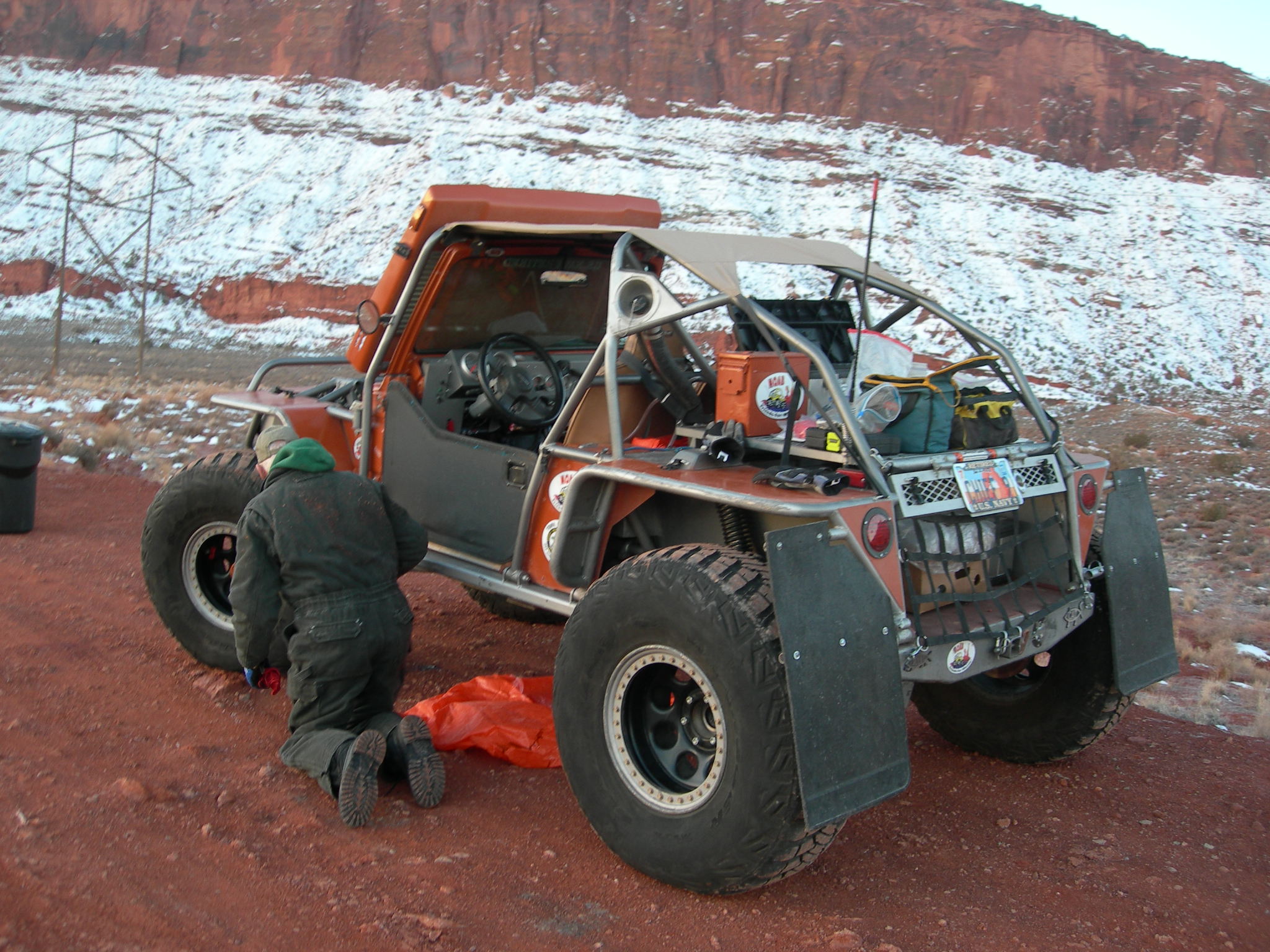Congratulations! You’ve made the first critical step in becoming a member of one unique community. You’ve finally submitted to the idea that yes, you can run an ultra marathon. In fact, the very first step in completing an ultra is believing that you can. You’ll appreciate this sentiment more later when, after finishing, folks will say to you “I could never do that…” In most cases, they’re right, because they haven’t completed the first step in believing they can.
After you’ve made this first critical step, the next step is sometimes even harder. Deciding which ultra to run.
Below are some tips from yours truly, a seasoned ultra veteran, to help you in this decision making process, as well as tips to ensure a successful first day. The tips I’m going to provide you are designed to give you an edge in selecting your first ultra in ensuring that your adventure isn’t a “mis-adventure.” Many times longevity in our sport is dictated by the experience had in a runners first race. Following some of these simple rules will help you select the race that gives you the best chance at falling in love with running all over again.
Tips For Selecting A Race
1.) Shoot For The Moon, Land Amongst The Stars
If you’re planning on doing the “One and Done” then ignore this tip. However, if you plan on running ultras for many years to come, relax and choose your first ultra with a little more finesse. There is no reason for you to jump to the starting line of the Barkley or any of the other top toughest ultras in the country. Determine a race that will fulfill your need to run long and provide you with an incredible learning experience to build upon for races to come. Set a S.M.A.R.T. goal for your first race, (Specific, Measurable, Attainable, Realistic, Timely). Running an ultra is hard enough, don’t put too much gravy on your mashed potatoes or it’ll flow over the plate. To learn more about race rankings, go to http://realendurance.com/ and click on “Relative Race Finish Times” on the left.
2.) Each Course Has Variables
Rocks, Roots, Weather, Volunteers (Numbers and Knowledge), Number of Runners, Number of Aid Stations (if any at all). These are just a few of the variables present at every ultra. You cannot predict the weather on race day but you can certainly research race day trends. Is it usually hot and humid on race day or does it normally rain? Is the course littered with rocks and/or roots and if yes, what does that look like? How will that affect your overall time and level of enjoyment on race day? How many volunteers do they have at the race and are they knowledgable ultra-runners or just friends of friends who are as amazed as your co-workers that you’re even doing this? Will the course be over crowded with race entry numbers in the hundreds, or will you spend much of the day in solitude searching for others to run with because there’s less then a dozen of you out there? Find these answers to these variables and then decide what you want your experience to be like and what you’re OK with.
3.) Ask Questions of Fellow Ultra-Runners
You can ask any of the writers here at trailandultrarunning.com for input on certain races. Consider joining the Ultra List (E-mail List Serve) or the Ultra Yahoo! Group. Get inside the community and start asking questions from your fellow ultra-runners. They will answer you and with valued honesty, and sometimes with a bit too much honesty. Allow those who have been there before you, help guide you with the necessary information to make you successful on race day. Don’t be a stranger. This sport was built on community. Enter it and soak it in! Your fellow runners will help you answer questions to the variables above and answers to other topics below.
4.) Decide “What’s Worth The Price”
Let’s face it, every race charges a different registration fee. Western States is currently charging $370 where the Vermont 100 is charging $200. It is up to you to decide what is worth the value of registering. If medals, amazing race shwag, high quality technical shirts, pre and post race meals, higher quality aid stations, paying the Race Director a salary, and a highly qualified medical staff is important to you.. then you’ll be fine in paying a higher entry fee. However, if you’re most interested in the unique finishers award, adequate aid stations, a reasonable shirt and you’re main focus is on the left-right-repeat without the over-done experience.. you’ll be happy to pay $200 for an experience as memorable, if not more memorable, as the more expensive counter-part. You’ll find opinions across the board on this aspect of selecting your first race and opinions are like elbows… it’s up to YOU.
5.) Old School vs. New School
Ultrarunning’s roots started back when running Fat Ass events was the way to go. Most races had no real organization beyond setting the “group run” up with a series of phone calls. There were no entry fees, no aid stations, no shirts, no medals and no whining. However, as races began to evolve and welcoming more runners, entry fees were added to cover basic overhead costs, permits, and maybe small momentos of your journey. Now-a-days, ultra running has evolved into something much more popular and almost bigger then the sport itself. Entry fee’s cover the above but also raise funds for charitable organizations and some select cases pays for an RD’s salary. Decide what kind of experience you want to put your money towards. Do you want to be pampered around every corner, or do you want to go old school and duke it out with yourself? Note: There is also an “in-between”.. it’s up to you to find out which of these makes you proud to be apart of an event.
6.) Roads or Trails or Wilderness
Ultras are on paved and dirt roads, sidewalks, single-track trails, ATV and Fire Roads, pedestrian down-town paths and depending on the length of your run; a combination of many or all of the above. Some ultra’s are even run through remote area’s, on technical trail, where no aid stations are offered and there is no possibility for quitting and hitching a ride home. Most ultra runners will tell you that running on pavement/asphalt of any kind hurts the most. The rest is just added challenge, and in turn, time on your feet. Decide what kind of terrain you’d most enjoy traveling on foot over and how much time your comfortable spending out there. A Wilderness course typically will take you much longer to navigate to the finish line. Also, consider that many “mountain races” with incredible amounts of elevation change are also a very real thing to consider. You won’t be running the entirety of one of these events.. so if you’re a lousy hiker, a mountain ultra may not be for you.
7.) Nix The First Year Event
Deciding to make your first ultra a race that is celebrating it’s first year itself, is often times a big mistake. Races take time to evolve and work all the kinks out before it becomes that well oiled machine of a race you’d expect. Especially if you’re coming from marathon land where most races are put on professionally. Ultras are often times directed by ultra-runners themselves who just want to share this beautiful place they run in on a regular basis with a few hundred others. First year races can either go off without a hitch and be spectacular.. or they can be damn near a train wreck as the nitty gritty piles up on a first year RD. Do yourself a favor and choose a race with some experience under it’s belt.
8.) 50k/50 Mile/100K/100 Miles
I almost forgot.. how far do you want to go? How long do you want to really be out there? Are you running 100 miles just for the experience and to say you did it? It’s ok if you are. But I highly suggest that your first ultra be a 50K, and then a bit down the timeline you run a 50 Mile; and then at some point you can graduate all the way up to a 100 miler. There is little difference between the marathon and the 50K, but between a marathon/50K and 50 miles is night and day. Same goes for 50 Miles and 100 Miles. Take your time! Rome wasn’t built in a day. Do it right, do it gracefully and you’ll be in this sport for many years to come. Deciding to run 100 miles for your very first ultra can some-times set you up for incredible disappointment based on the many unexpected things that transpire “out there” during your ultra-journey. Progressing your way through the distances truly allows you to experience the many facets of this sport and helps you prepare (and expect) for the next rung on the progressive ladder.
This is not an exact science and we are all an experiment of one. What works for countless others may not, and likely will not, work for you and vice versa. Choose your first race wisely, whether it’s your first and only ultra, or the first of many. In the end, this same set of tips can be used to help you select all of your ultras to come. Set yourself up for success and not for disappointment. We’re all in this together, and we’re here to help you on your way.
What was my first? I ran the Damn Wakely Dam Ultra in Piseco, NY. It was a wilderness race on rugged single track trail with no aid stations. For 32.6 Miles I ran without ever even crossing a road. A small ultra that only allows 40ish runners each year, it embodies what old-school ultra running is all about.
Cheers,


















[…] reddit_title = "Choosing Your First 100 Miler"; Last April I wrote a piece on TAUR titled “Choosing Your First Ultra.” For those of you seriously considering bringing your ultra running to the next level, and into the […]